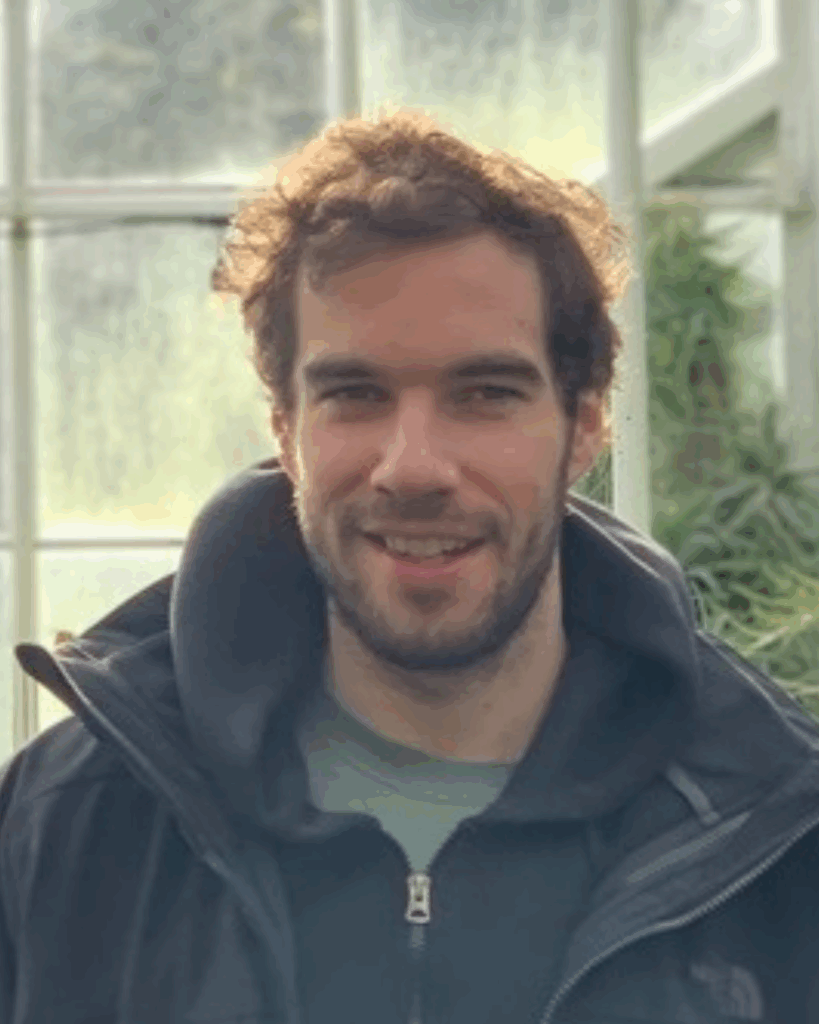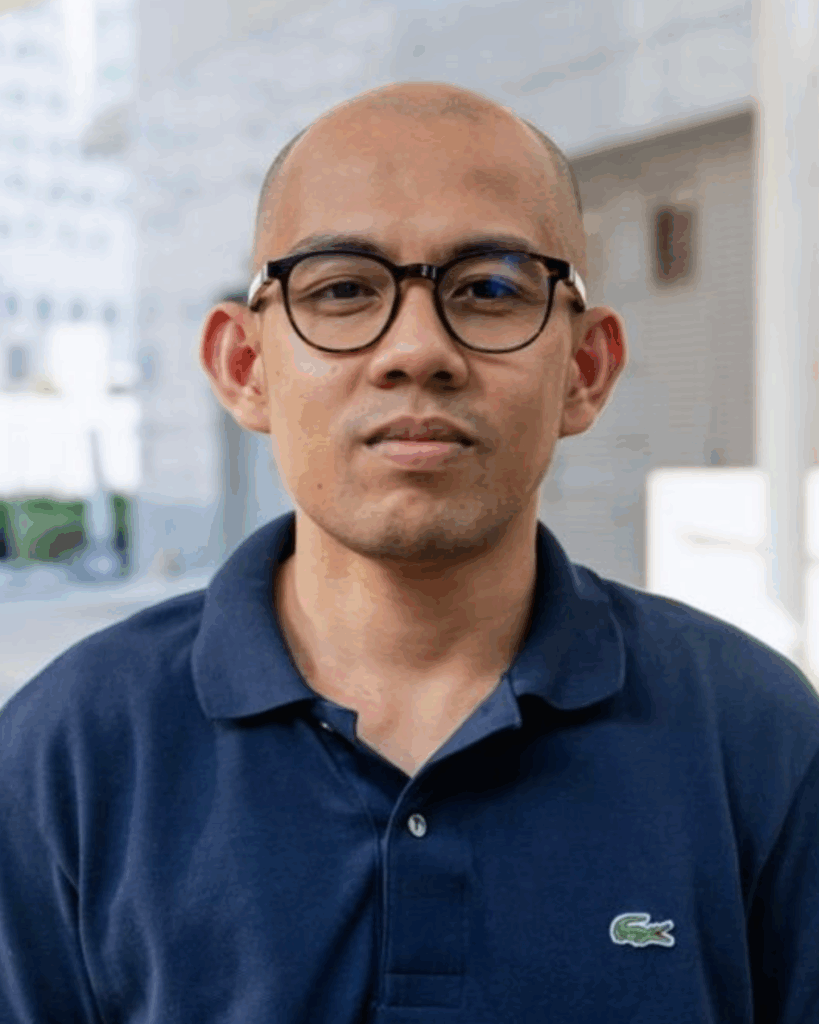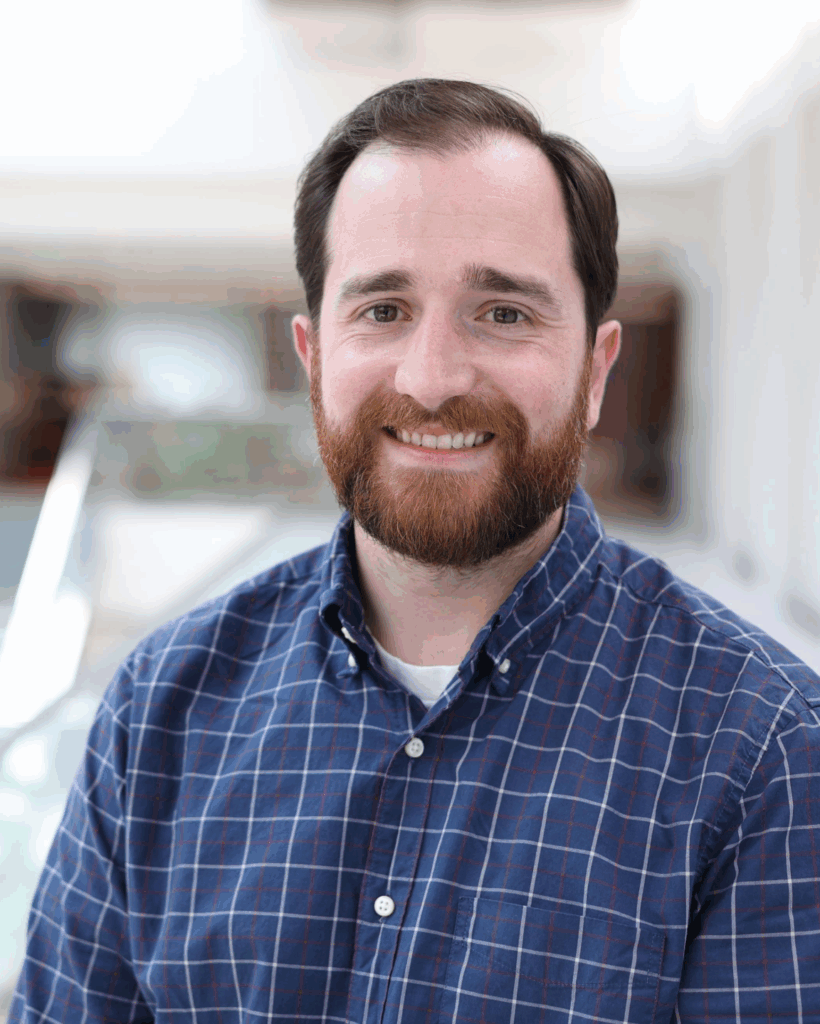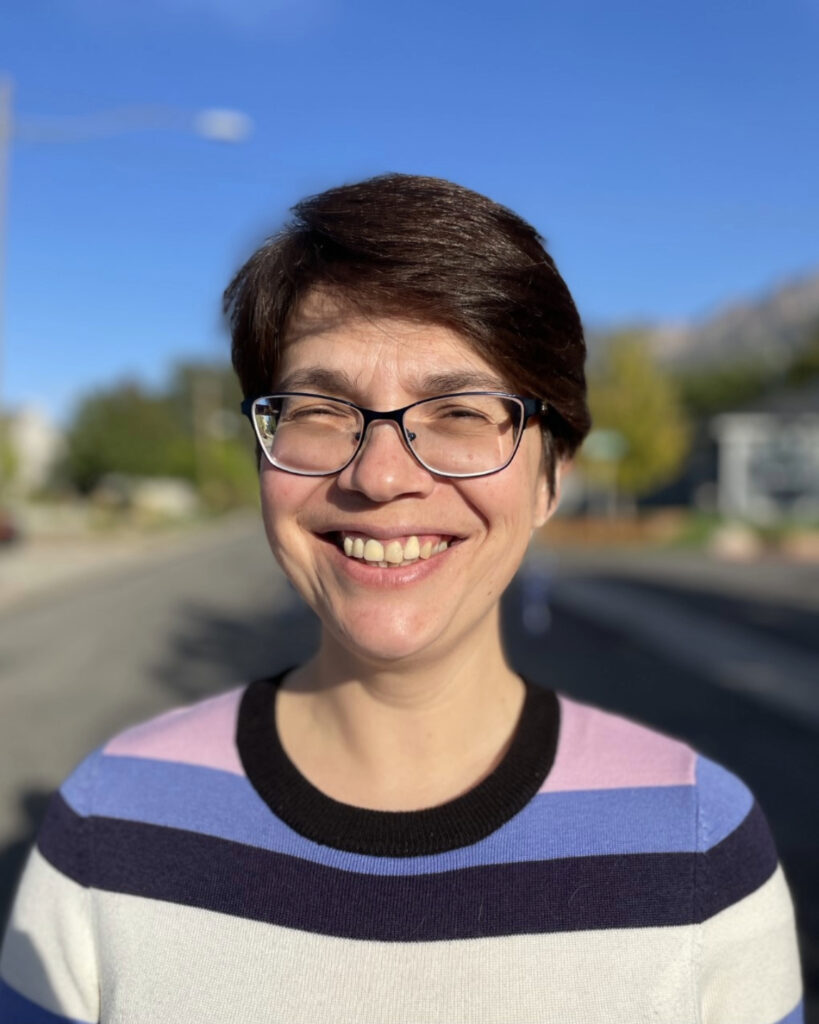Current public health guidelines discourage treating cholera, a severe diarrheal disease caused by waterborne bacteria, with antibiotics in all but the most severe cases, to reduce the risk that the disease will evolve resistance to the best treatments we have.
But recent disease modeling research from University of Utah Health and the Department of Mathematics challenges that paradigm, suggesting that for some cholera outbreaks, prescribing antibiotics more aggressively could slow or stop the spread of the disease and even reduce the likelihood of antibiotic resistance.
The results are based on mathematical modeling and will require further research to confirm. But they represent a first step toward understanding how antibiotics could change cholera spread. Co-authors include Cormac LaPrete, Jody Reimer and Frederick Adler from the math department's mathematical biology group.
“This might be an underused opportunity for cholera control, where expanding antibiotic treatment could have population-level benefits and help control outbreaks,” said Lindsay Keegan, research associate professor in epidemiology at U of U Health and senior author on the study published Wednesday.
Putting the brakes on outbreaks
Key to the researchers’ discovery is the fact that antibiotics make people less infectious. Medication is generally reserved for people who are most severely infected because moderate cases quickly recover with rest and rehydration. But while antibiotics may not help most individuals feel better faster, they reduce the amount of time someone is infectious by a factor of 10.
“If you recover naturally from cholera, you will feel better in a day or two, but you’re still shedding cholera for up to two weeks,” explained co-author Sharia Ahmed, assistant professor of epidemiology at Emory University’s Rollins School of Public Health, who worked on the study as a postdoctoral researcher in Keegan’s lab. “But if you take an antibiotic, you still feel better in about a day, and you stop releasing cholera into your environment.”
This means that treating moderate cases with antibiotics could slow outbreaks or, in some cases, stop them in their tracks. Even though a higher percentage of people with cholera would be using antibiotics, fewer people would get the disease, so that less antibiotics are used overall.
Cumulatively, lower antibiotic use lowers the risk that cholera evolves antibiotic resistance—which is “a big concern in the field,” Keegan said. “Cholera is exceptionally good at evading antibiotics and developing resistance. It’s not just a theoretical problem.”
The researchers mathematically modeled the spread of cholera under a variety of conditions to see which cases could benefit from antibiotic use. The key variable is how likely someone is to spread the disease to other people, which in turn depends on factors like population density and sanitation infrastructure.
In cases where cholera spreads more rapidly—like in regions with higher population density or without reliable access to clean drinking water—treating moderate cases of cholera with antibiotics wouldn’t slow the spread enough to balance out the risks of antibiotic resistance.
But if spread is relatively slow, the researchers found, using antibiotics for moderate cases could limit spread enough that, in the long run, fewer people catch the disease and fewer people are treated with antibiotics. In some cases, they predict, antibiotic use could stop outbreaks entirely.
Cholera cases are on the rise
Figuring out better plans for managing cholera is especially urgent because outbreaks are on the rise. Cases and deaths have spiked by about a third in the past year, likely related to mass displacement and natural disasters. As the climate shifts and extreme weather events become more frequent, disruptions to infrastructure could lead to cholera outbreaks in countries that haven’t previously experienced the disease.
The researchers emphasize that further work is needed before their work could motivate changes to how governments treat cholera. Scientists need to see whether the results hold up in more complex simulations that incorporate factors like cholera vaccines, and they need to figure out rules of thumb to quickly estimate whether or not the disease will spread slowly enough for aggressive antibiotic use to be a good call.
“The takeaway is not, ‘OK, let’s start giving people antibiotics,’” Keegan said. “This is a first step at understanding antibiotic use as a possibility for outbreak control.”
“If the results continue to be this compelling,” Ahmed added, “and we can replicate them in different settings, I think then we start talking about changing our policy for antibiotic treatment for cholera. This is a really good example of using data to continually improve our policy and our treatment choices for even well-established diseases.”
These results were published April 30 in Bulletin of Mathematical Biology as “A theoretical framework to quantify the tradeoff between individual and population benefits of expanded antibiotic use.” Co-authors include Cormac LaPrete, Jody Reimer and Frederick Adler of the U’s Department of Mathematics and School of Biological Sciences, and Damon Toth and Valerie Vaughn of the Department of Internal Medicine. The research was funded by the Centers for Disease Control and Prevention (grant numbers 1U01CK000675 and 1NU38FT000009-01-00) and the Agency for Healthcare Research and Quality (grant number 5K08HS026530-06).






